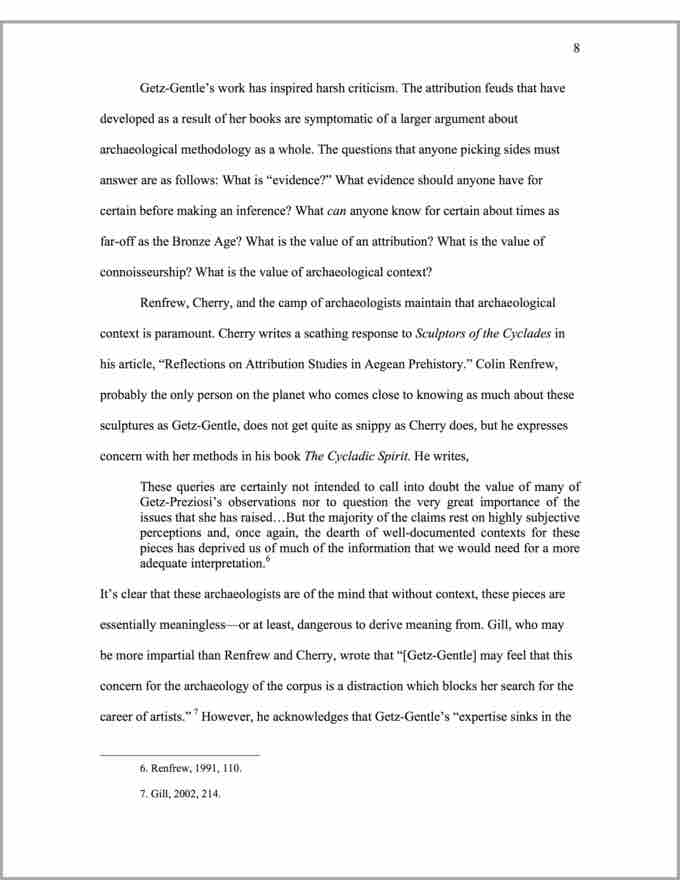When to Use a Block Quotation
A typical quotation is enclosed in double quotation marks and is part of a sentence within a paragraph of your paper. However, if a quotation takes up more than five lines in your paper, you should format it as a block quotation rather than as a regular quotation within the text of a paragraph. Most of the standard rules for quotations still apply, with the following exceptions: a block quotation will begin on its own line (skip a line before and after the block quotation), it will not be enclosed in quotation marks, and its in-text citation will come after the ending punctuation, not before it.
For example, if you wanted to quote the first two sentences of Thomas Paine's "Common Sense", you would begin that quotation on its own line, indent every line, and format it as follows:
Perhaps the sentiments contained in the following pages, are not YET sufficiently fashionable to procure them general favour; a long habit of not thinking a thing wrong, gives it a superficial appearance of being right, and raises at first a formidable outcry in defense of custom. But the tumult soon subsides. (Paine)
The full reference for this source would then be included in your References section at the end of your paper.
Spacing and Alignment
Each line of the block quotation should be indented from the left margin the same distance as the first lines of your regular body paragraphs. Unlike the rest of your paper, it should be single-spaced. And as with series and lists, to better visually distinguish a block quotation from the surrounding text, be sure to leave an extra (blank) line between the last line of the block quotation and the first line of the following paragraph.

Block quotations
This block quotation is correctly formatted according to Chicago/Turabian style.